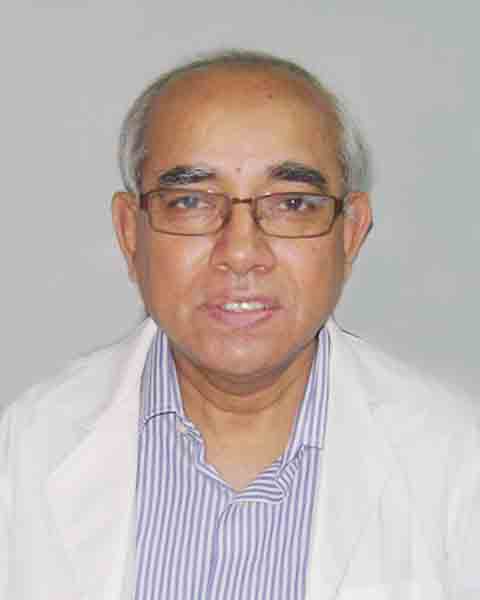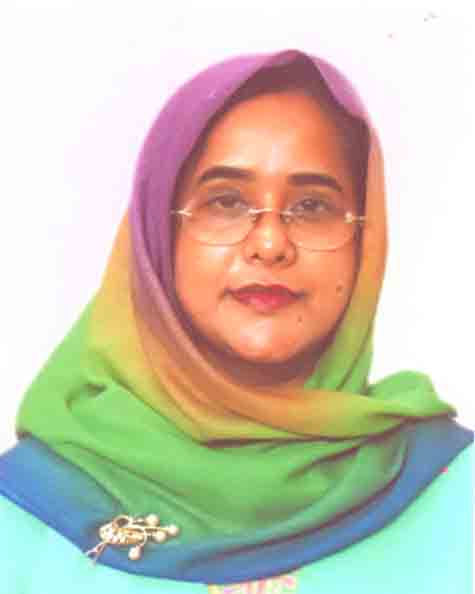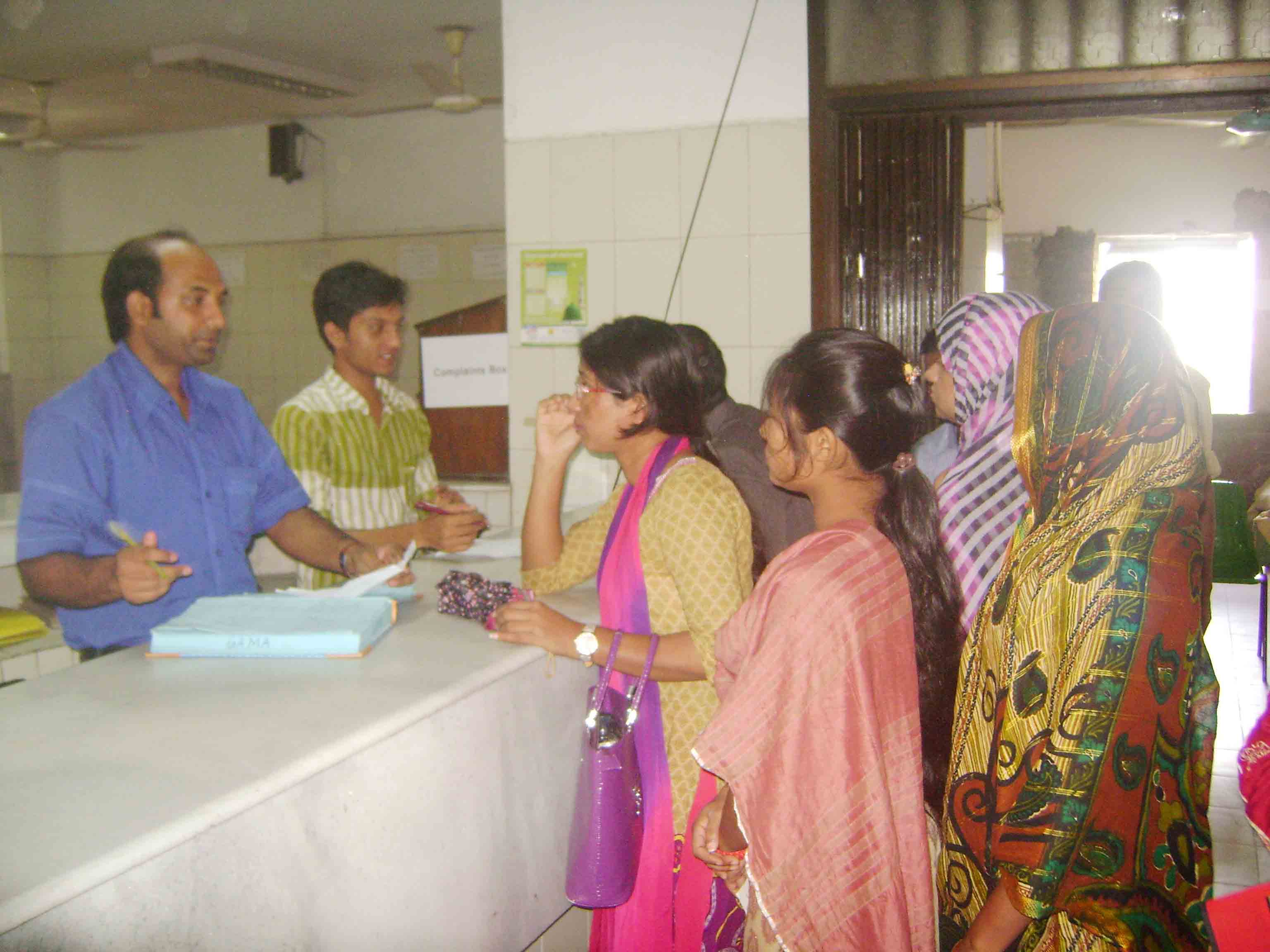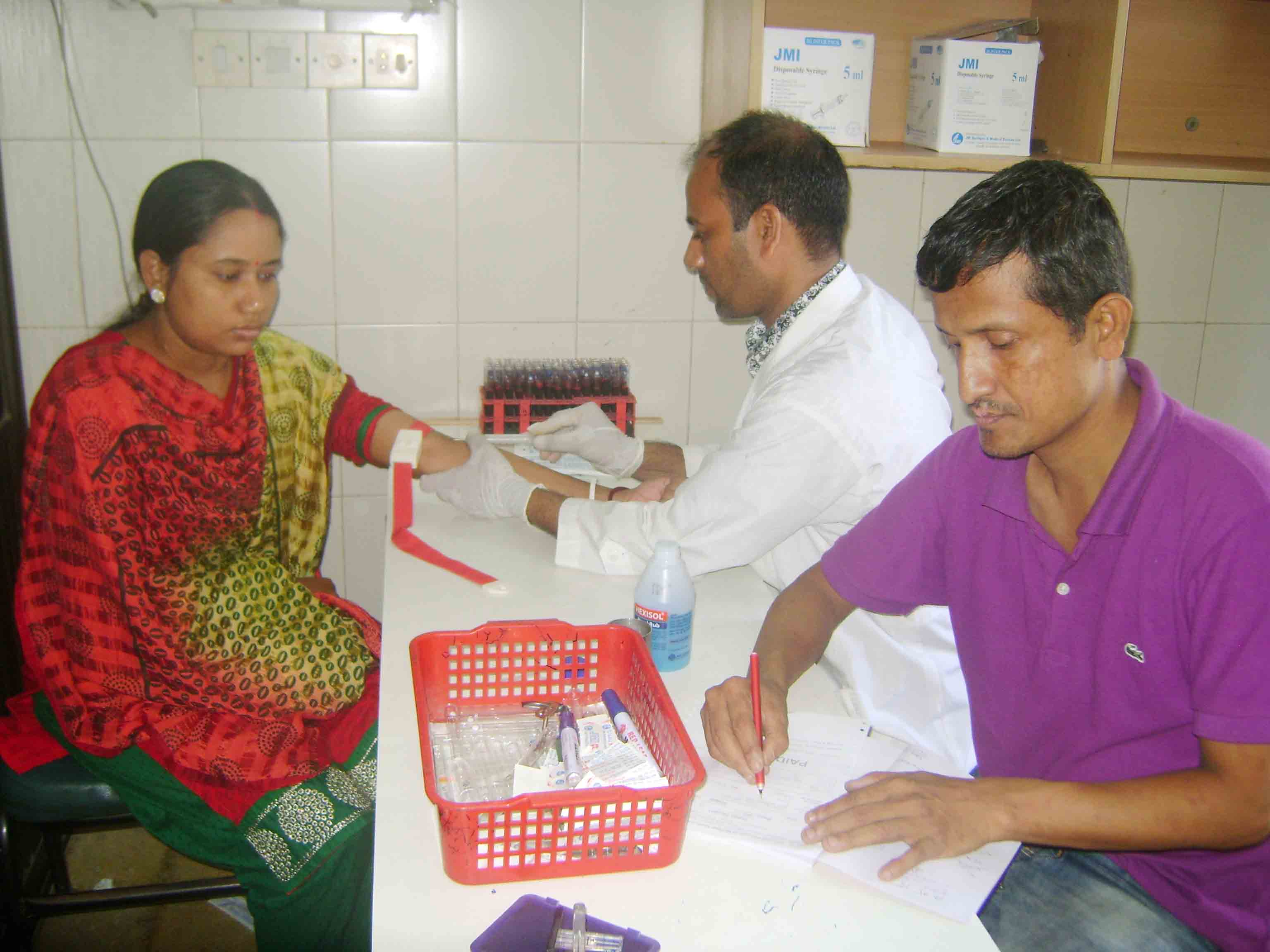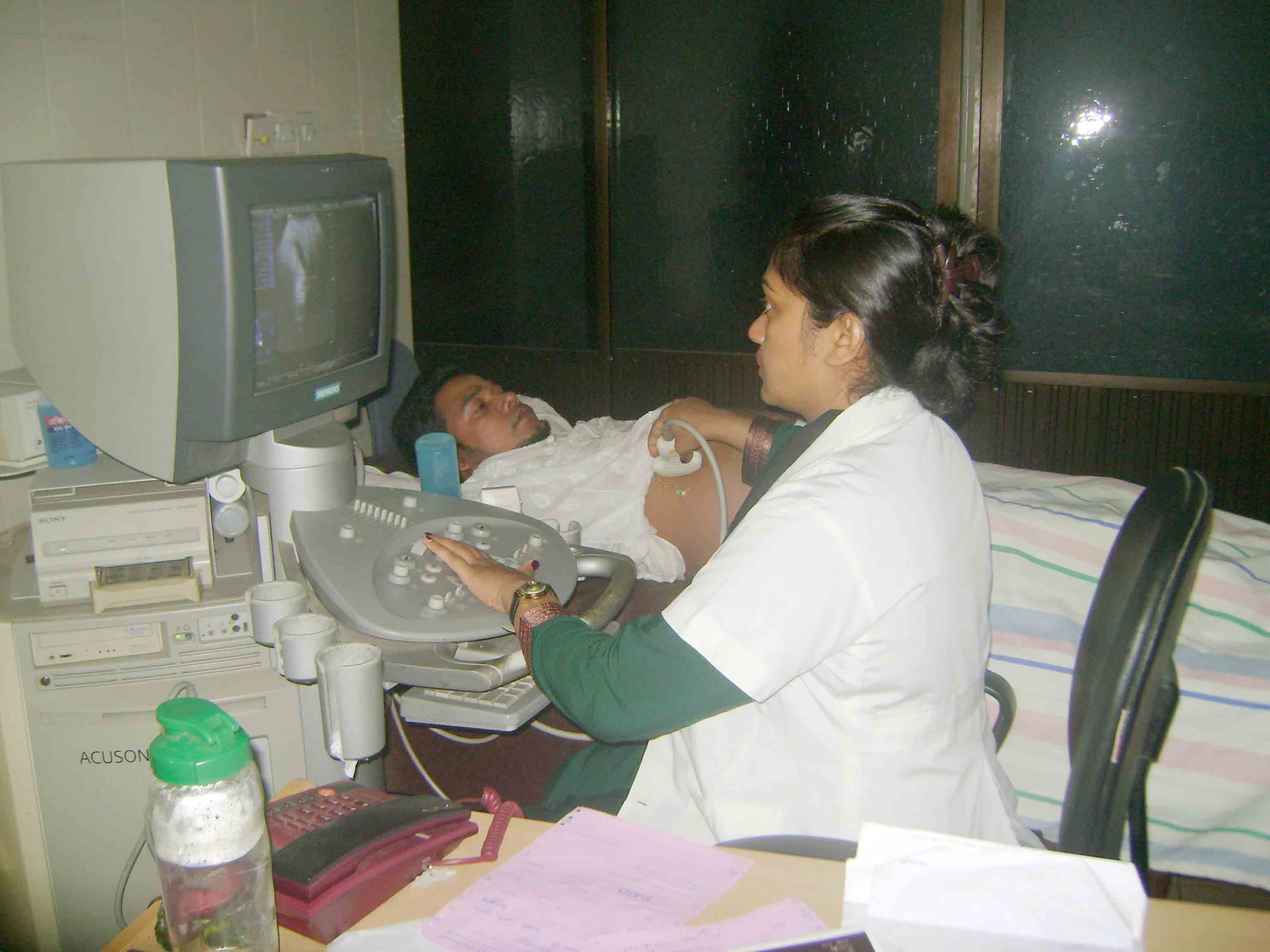The Guardian Special Report
Nuclear Medicine has become vast arena of peaceful use of radionuclides since fourth decade of 20th century in the world. Our country almost coping with the world with the advancement of Nuclear Medicine techniques since its first official establishment of Nuclear Medicine Center, Dhaka in 1962 at Dhaka Medical College premises. It is a daughter organization of Bangladesh Atomic Energy Commission (BAEC) and previously it was named “Radioisotope Center” and actually its work had commenced in 1958. Nuclear Medicine Departments have been flourished to 15 numbers situated in the campuses of Government Medical college hospitals to serve common people throughout the country. Presently name has been changed to National Institutes of Nuclear Medicine and Allied Sciences ( NINMAS) and Institutes of Nuclear Medicine and Allied Sciences (INMAS) under BAEC and there also 3 Private Nuclear Medicine departments in Dhaka city .
National Institute of Nuclear Medicine and Allied Sciences (NINMAS) was established on 1980 with installation of Gamma Camera and it was named Institute of Nuclear Medicine (INM) at that time. This institute introduced at the “A” Block of former Institute of Post Graduate Medicine and Research (IPGMR) and still situated at the campus of Bangabandhu Sheik Mujib Medical University (BSMMU) at Block-D. We can proudly say that we have been serving the patients who are referred to us from indoor, outdoor of BSMMU and any departments of hospitals and any registered doctor of Bangladesh and act as tertiary referring institute. We serve about 70,000 patients per year related to Nuclear Medicine and Allied Sciences techniques at NINMAS and about 5 lacs by INMASs altogether.
In all INMASs, statistics of total equipments, there are about 42 gamma/ Single Photon Emission Tomography (SPECTs), 30 Ultrasound machines, two SPECT/Computerized Tomography (CT) and one Positron Emission tomography (PET)/CT. Among nuclear medicine personnel; 95 Nuclear medicine physicians with 20 physicists, 10 radiochemists and 150 technologists have been working under BAEC.
Nuclear Medicine techniques deal with both diagnostic and therapeutic and also academic aspects. In diagnostic section, several sub sections are present; like in scintigraphy section, we do imaging of different system of body such as whole bone scan which helps in evaluating different diseases of skeletal system. We routinely use radioisotope 99m Technetium which are yielded from Molybdenum-Technetium generator and tagged with pharmaceuticals related to system which part of the body we intend to image. Exploiting the normal physiology of the body system these radiopharmaceuticals have been designed and produced. In this way, the Nuclear Medicine imaging gives us information about function of different parts of the body and its pathological changes. On the other hand, Ultrasound Imaging, Computed Tomography (CT) and Magnetic Resonance Imaging (MRI) give us structural/anatomical information of different parts of the body.
Presently we are doing variety of functional tests as, renal scan, renogram, hepatobiliary scan, lymphoscintigraphy, parotid scan, thyroid scan and Myocardial Perfusion Imaging (MPI) in Scintigraphy section.
SPECT is an advanced scintigraphy technique using single photon and it gives us more detail information. These SPECT facilities are available in a number of institutes.
SPECT/CT are available in few institutes where we get fused images of CT and SPECT- so that we can pick up anatomical as well as functional information from the same image. These facilities have increased the sensitivity, specificity and accuracy of diagnosis of diseases.
Radio Immuno Assay (RIA) and Immuno-Radiometric Assay (IRMA) have been playing an important role in estimation of different hormones and providing bulk of our services. Different hormones of the body such as Triiodothyronine (T3), Free T3, Thyroxine (T4), FT4, Thyroid Stimulating Hormone (TSH), anti thyroid peroxidase antibody (anti TPO Ab), anti thyroglobulin antibody (AntiTg Ab) prolactine, luteinizing hormone, follicular stimulating hormone, and testosterone etc are being estimated in all our institutes over the country and thus supporting clinicians in their diagnosis of diseases and helping in prognosis after treatment.
We have a division on thyroid disease management- we can claim it as one of the largest thyroid centers in the world. We do total management of thyroid related diseases including both diagnostic, therapeutic aspects and we also take the responsibilities of lifelong follow-up of the patients who receive radioiodine treatment in our Thyroid Division. We evaluate the thyroid function by taking clinical history, examination and performing thyroid scan, radioiodine uptake, hormone assays (FT3, FT4, TSH, anti TPO Ab, AntiTg Ab ) and ultrasound imaging. About 300 patients per day have been receiving diagnostic thyroid related services. Near about 100 hundred patients including old and new patients per day have been receiving consultation facilities with Nuclear medicine physicians. Primary hyperthyroidism and differentiated thyroid carcinomas have being treated by radioiodine. About 300 new hyperthyroid patients and about 600 new patients with differentiated thyroid carcinoma per year have been receiving radioiodine treatment at NINMAS.
In therapeutic related services, we would like mention that we give beta ray therapy by 90 Strontium for pterygium treatment at different INMASs.
This Institute has the glorious history for first introduction of Ultrasound imaging in Bangladesh in 1980-now this imaging modality has spread to every corner of our country; we can say it has reached at doorstep to the people of Bangladesh. BAEC (NINMAS and all INMASES) can claim the pioneering of this rapid growth and development of this very useful, cost-effective diagnostic imaging modality on which clinicians become very much dependant. These institutes have been continuously educating and supporting to improve the skills of the professionals in advancement of this sector and set an unparallel example in Bangladesh. Ultrasound imaging of different parts of the body- liver, kidneys, urinary bladder, prostate, uterus, and ovaries are routinely done.
In addition, we do pregnancy profile with fetal anatomic survey. Ultrasound imaging of superficial organs such as breasts and scrotum are also being done. Special modality Trans vaginal Ultrasonography is also available at our institutes for more than 10 years. Color Doppler Ultrasonography section has been providing vascular imaging since its introduction in 2005 in our NINMAS. Musculoskeletal ultrasound imaging has been being done in small scale.
PET/ CT have been recently installed at NINMAS in 2014. In private sectors two other facilities are available. PET is comparatively new functional imaging modality usually 18-Fluorine deoxyglucose (18-FDG) radiopharmaceutical. It is costly imaging modality but very much useful in diagnosis, staging and restaging after treatment of patients with carcinoma. PET/CT is giving us more precise information including CT imaging. Previously most of the rich patients of our country used to go abroad to avail this facility. Now our country is saving that money providing facility in our own country.
Postgraduate course Diploma in Nuclear Medicine was started in 1988 in former INM. Now M Phil course under BSMMU has been continuing since 1998. Other institutes will open postgraduate courses soon. A good number of MBBS students and FCPS, MS students of Medicine, Endocrinology, ENT, surgery and pediatric surgery have been being placed in our department for short training. We also give honorary training to few numbers of doctors per year. Not even that presently International Atomic Energy Agency IAEA) now send there fellows to NINMAS, Bangladesh for fellowship training.
In 1993, our professionals formed the Society of Nuclear Medicine, Bangladesh which has been working for the development of every aspect of our profession organizing yearly conferences and seminars. This Society keeps communication with other international organizations such as IAEA, ARCCNM, AOFNMB, ASNM, WFNMB, and WARMTH. It also publishes biannual official medical journal with recent online version named the Journal of Nuclear Medicine, Bangladesh. This year two of our society member has got international awards One at China from ASNM another from Austria (WARMTH)
Medical Research Ethics Committee, NINMAS has recently been formed in 2014. This institutional ethics committee is dedicated to approve the research proposal on human subjects using nuclear medicine technique.
In future, we hope number of PET/CT will be increased to serve more common people. Furthermore, we will extend our therapeutic nuclear medicine including strontium for bone pain.
Radionuclides such as 153-Sm, 90-Y, 131-I, 166-Ho, 177-Lu, 188 Re and 213-Bi nanoparticles and radioimmunotherapy will be more used in therapeutic nuclear medicine in our country.
Nuclear Medicine which was started in 1962 in a tin shed building now expanded on the arena of molecular imaging in our country. We are expecting to expand our service faster quicker and rapid in coming days.


